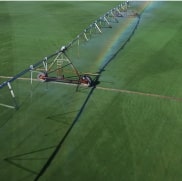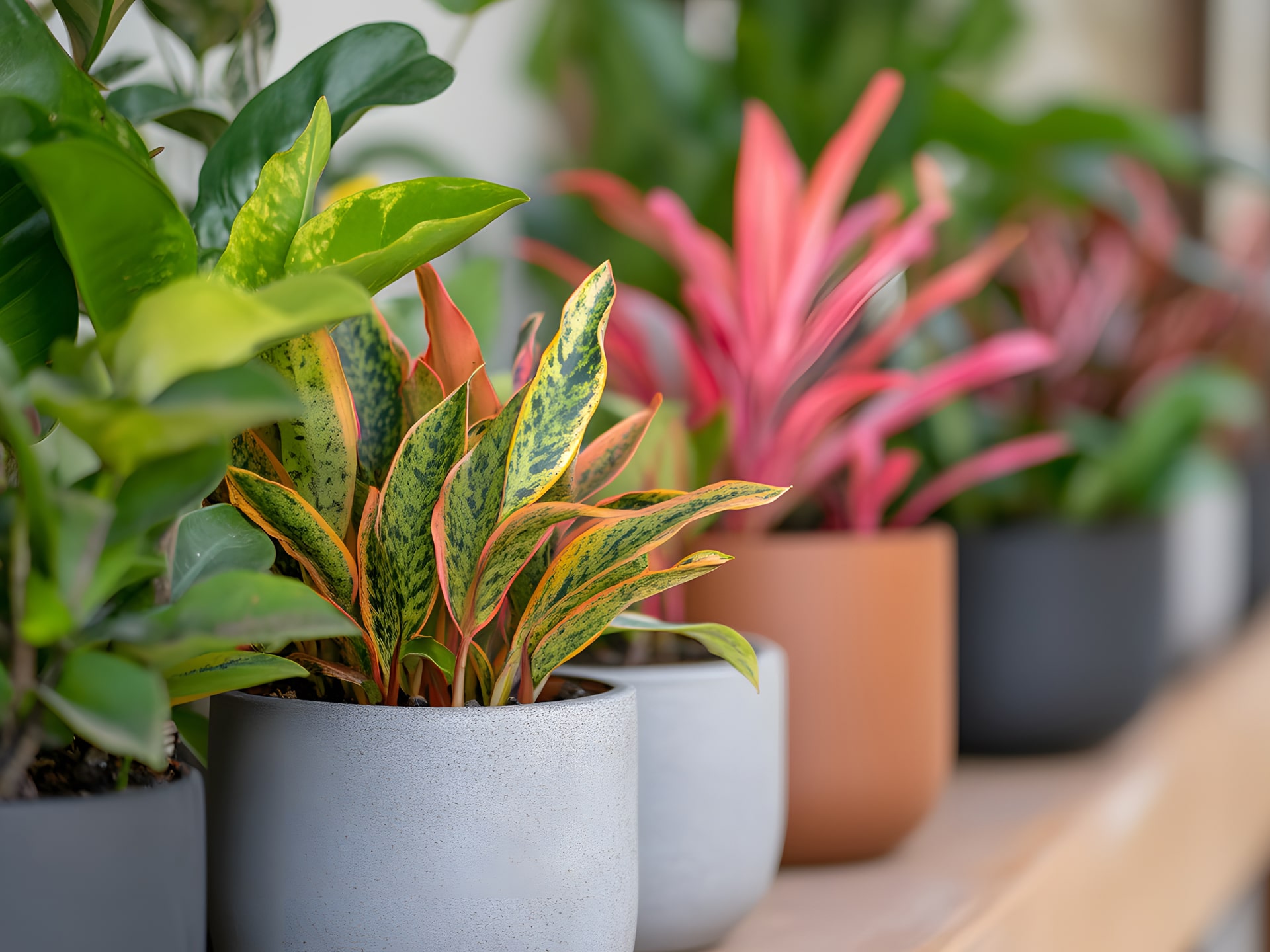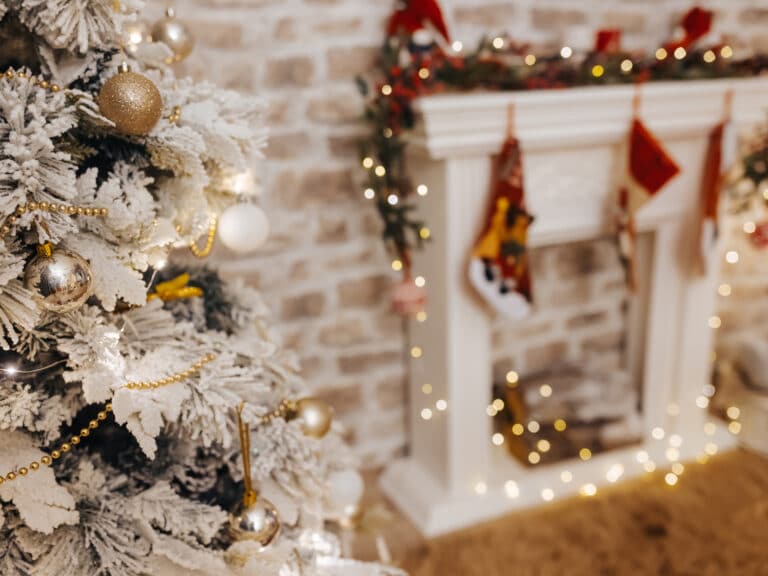Keeping your indoor plants happy and healthy during the winter requires different care compared to the warmer summer months. During the winter, indoor plants face common challenges, such as reduced light and dry air. However, practical solutions can help them thrive.
In this article, we will discuss the importance of indoor plants for your environment and their many health benefits. We will also help you understand what your plants need during the winter, including adjusting their watering routine, ensuring they receive enough direct sunlight, and keeping pests away. With the proper care, you can keep your indoor house plants alive all winter long.
Benefits of Indoor Houseplants
Indoor house plants offer numerous benefits, including improved air quality, enhanced mood, aesthetic appeal, and effective humidity regulation. They help filter toxins and improve air quality, making indoor spaces healthier during winter. Additionally, research shows indoor greenery can reduce stress and boost overall well-being, especially during the gloomy winter.
Everyone enjoys bringing a touch of nature indoors, as plants can brighten up spaces during colder months. Furthermore, indoor house plants are excellent for humidity regulation. Many species release moisture, helping maintain humidity levels and combat the dry indoor air common in winter.
Understanding Your Plant’s Winter Needs
It’s important to focus on indoor plant care during the winter months. Although low light and dry air can be challenging, there are effective ways to nurture your plants. Winter changes can impact indoor plants due to variations in temperature, humidity, and light. Therefore, caring for indoor plants in winter involves assessing their health and providing what they need.
When evaluating your indoor plants during the winter, look for lush green leaves, sturdy stems, and continuous growth. Unhealthy plants may show signs such as yellowing leaves, wilting, slow to no growth, and signs of pests or diseases. But don’t worry; there are effective ways to revive them!
How to Adjust Watering Routines for Winter
More houseplants die from overwatering than from any other cause. So, how often should you water indoor plants? It’s good to recognize that the watering frequency and methods change during winter compared to spring and summer.
To water indoor plants appropriately in winter, consider these tips to avoid overwatering: Use room-temperature water instead of cold water to prevent shocking the roots. When determining how often to water your plants during winter, consider the type and size of the houseplant and the size of its pot. Water only when the top inch of soil feels dry to the touch. Choosing the appropriate pot size gives the plant’s roots enough space to grow and the necessary soil amendments for better growth.
Avoid placing plants near heating units or radiators, as these can dry them out. Instead, move them to a location that receives adequate sunlight. Additionally, avoid over-fertilizing, as plants are not actively growing during winter.
If you’re dealing with dryness, focus on increasing humidity around the plants by misting or grouping them together.
Ensuring Proper Lighting for Indoor Plants
Winter houseplants, even when experiencing quiescence (a period of dormancy), require plenty of sunlight. Most indoor plants need more light during the winter months. If direct sunlight is unavailable, consider moving your plants closer to light sources or using a grow light.
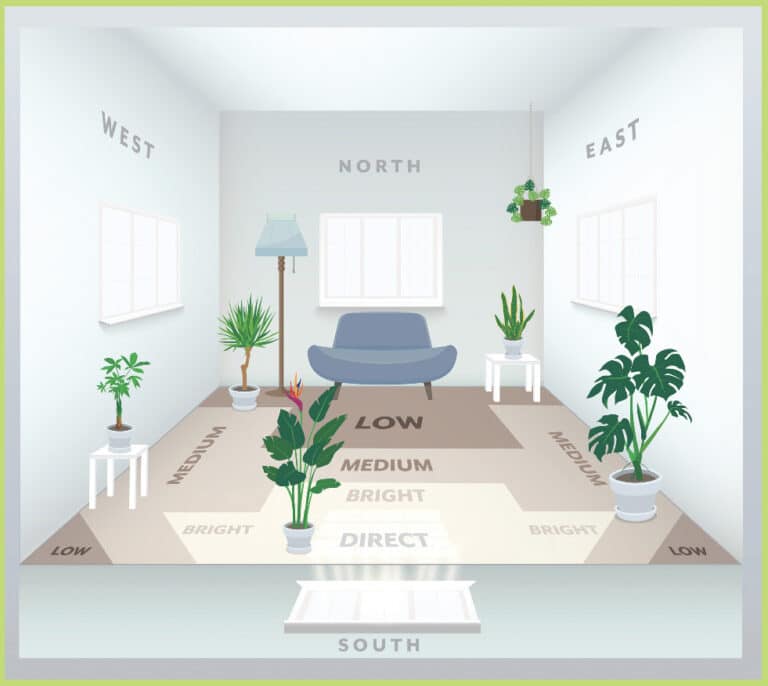
Choosing the Best Cold-Tolerant Houseplants
Cyclamen, pothos, philodendron, and Swiss cheese plants are examples of indoor houseplants that are happy in cold, sunny windows. These cold-tolerant houseplants are a popular choice for adding greenery to our homes. Other great options include snake plants, prayer plants, and peace lilies.
When caring for indoor houseplants like snake plants, pothos, and philodendrons, place them in bright, indirect light. Water them when the topsoil feels dry, make sure they have good drainage, and fertilize occasionally with diluted houseplant food.
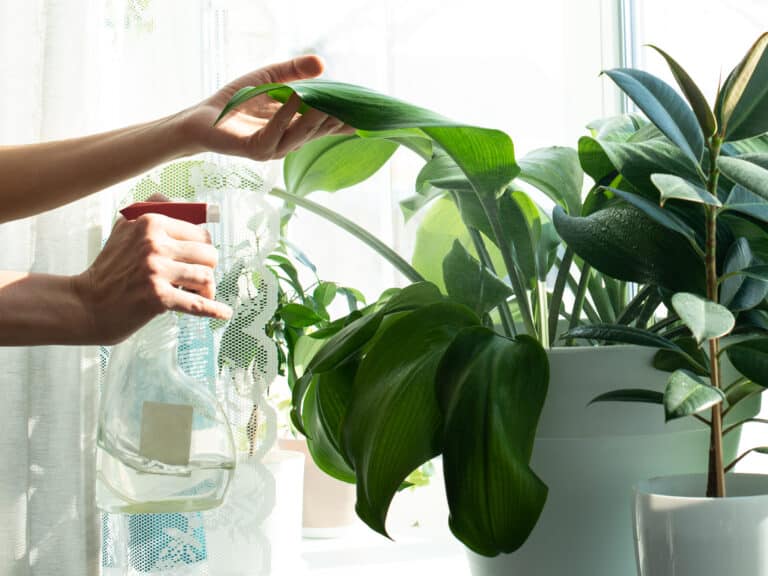
Tips to Keep Indoor Plants Alive During Winter
Another key strategy for keeping plants alive in the winter is to maintain optimal humidity levels in your indoor environment. Consider using a humidifier or placing a tray of water near your plants to increase moisture in the air. Grouping plants together can also create a microclimate with higher humidity. Next, protect your plants from cold drafts, which can cause stress. Lastly, regularly inspect your plants for signs of infestations, such as discolored leaves or webbing. If you spot any issues, treat them promptly with the necessary pest control methods.
Understanding Common Indoor Plant Pests
Winter presents a unique opportunity for pests like spider mites, fungus gnats, and scale insects to flourish. With natural predators less active and the cozy indoor environment, you may see an uptick in their numbers. Some common indoor plant pests to look for are spider mites, which love dry conditions and can often be spotted as tiny webs on plant leaves. Fungus gnats are also drawn to overly moist soil; their larvae can impact plant roots, making proper watering key.
Scale insects are another typical indoor plant pest to check for. They look like small, stationary bumps on stems and leaves that feed on plant sap, but they can be managed carefully. By staying proactive, we can keep our indoor winter plants pest-free.
Tips for Controlling Indoor Plant Pests
Some common mistakes like overwatering, placing plants near heat sources, and neglecting seasonal pruning can hurt plants and lead to pest infestations. However, here are some practical tips for controlling indoor plant pests:
- Regular Inspections: Check your plants weekly for signs of pests, such as discolored leaves, webbing, or visible insects.
- Cleaning and Maintenance: Remove dead leaves, wipe the surfaces of the plants with a damp cloth, and ensure that pots are clean to deter pests.
- Proper Watering Practices: Avoid overwatering, as it can promote fungus and attract gnats. Allow the top layer of soil to dry out between watering sessions.
- Pest Remedies: Use neem oil and insecticidal soaps. Apply these treatments directly to the affected areas.
- Isolation of Infected Plants: If you find any affected plants, immediately separate them from the others to prevent the pests from spreading.
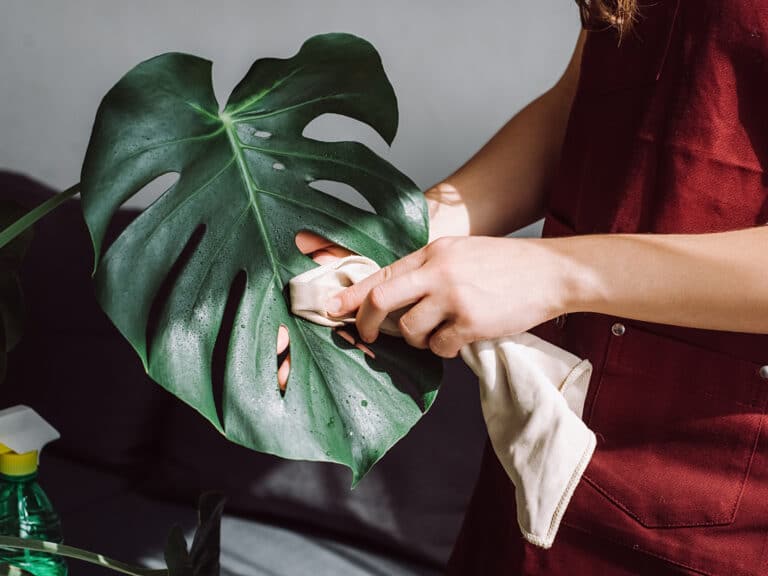
FAQs About Caring for Indoor Plants During Winter
Watering frequency decreases in winter due to slower plant growth. Check soil moisture first; only water when the soil is dry.
Plants suitable for cold, sunny windows include succulents, cacti, and certain ferns, which do well in bright but cool conditions.
To avoid shock, keep plants away from heat sources and cold drafts. For winter care, place them in stable temperatures, moderate humidity, and near sunlight.
Cold-tolerant houseplants considered hardy indoor plants include snake plants, pothos, and peace lilies, which can withstand cooler temperatures.
It is best to use a humidifier, group indoor house plants together, or place water trays near plants to combat dry indoor air.
Winter indoor plants will show signs like yellowing leaves, drooping, or slowed growth.
Visit Lurvey Home & Garden for All Your Indoor Plant Supply Needs
Explore a wide range of winter-ready plants and tools for your indoor garden at Lurvey. Our collection features indoor plants in various sizes, shapes, and vibrant colors, perfect for brightening your home. Find the ideal plant to match your style and enhance your living space. Additionally, check out our selection of specialized gardening tools designed to help you care for your indoor garden!






